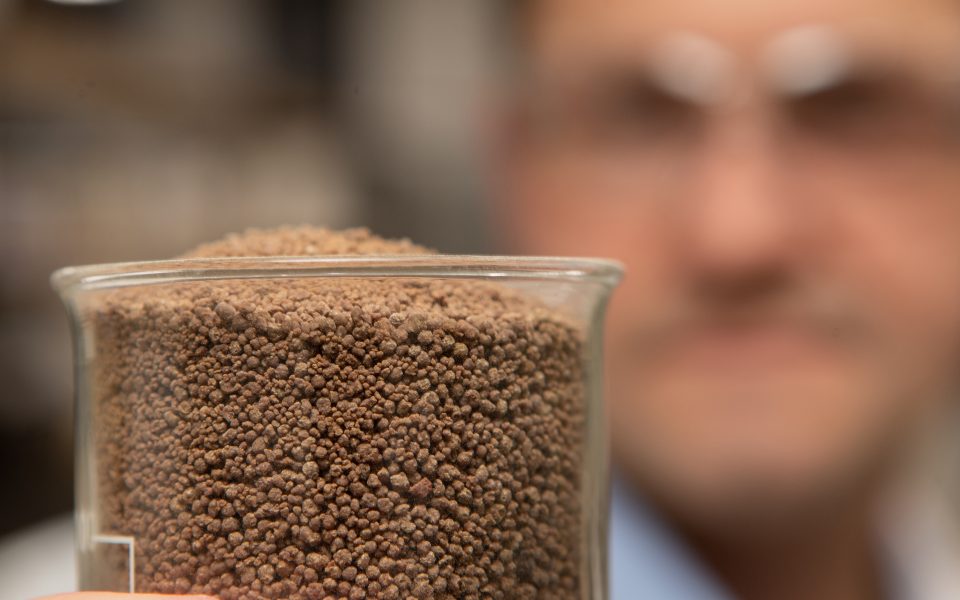Methane is one of the most potent greenhouses gases in our atmosphere. It shoulders a significant portion of the blame for our global warming. However, there is a way to make use of this natural gas and turn it into something far more useful.
As a greenhouse gas, methane has a global warming potential up to 83 times higher than carbon dioxide. Methane is currently the second most significant driver of climate change, releasing the equivalent of approximately 14billion metric tons of carbon dioxide into the atmosphere every year.
While most people think of natural gas as the primary source of methane, in fact 60-70% of the released methane comes from a variety of biogenic sources including farming (rice in particular), livestock (like cattle), landfills, and sewage treatment plants[1].
Trillions of additional tons are trapped in frozen hydrates under the ocean and in arctic permafrost. These are in danger of being released as the environment warms, causing more warming and more methane release. Such a catastrophic outcome was featured as the ‘end of the world’ scenario in the 2017 movie Downsizing. While scientific consensus today views this scenario as unlikely, even the current impacts of methane are significant enough to merit the development of technologies that can capture methane and convert it into products that do not enter the atmosphere.
Calysta’s FeedKind® protein is a powerful new way to help address the issue of methane release. It is produced from naturally occurring microorganisms that thrive on waste methane all around the world. These organisms (known as methanotrophs) are estimated to consume more than 50 per cent of the methane produced in soils and sequester up to 1billion metric tons of CO2 equivalents each year[2].
Because they have evolved naturally to consume waste methane sources, methanotrophs are extremely efficient at capturing methane and some can even sequester methane directly from the atmosphere. In many cases, methanotrophs form the first link in the food chain and provide the foundation for entire ecosystems which survive on the otherwise waste carbon that they provide.
By adapting this natural process to commercial applications, we can dramatically increase the amount of methane currently being captured while at the same time creating a new and valuable food resource. The hard truth is that addressing long-term climate change is not a sufficient incentive for governments, companies or even the average consumer to significantly alter behavior in the face of short-term sacrifices.
Therefore, we must find ways to create short-term benefits while at the same time addressing the long-term climate issues that are so critical. FeedKind protein represents exactly such a solution, by creating an immediate social and economic benefit from the capture of a scary greenhouse gas.
The natural methanotrophs in the soil and at the bottom of the ocean unfortunately do not provide a direct benefit that a consumer can see, but FeedKind protein is a product that can generate immediate tangible benefits to those who use it.
As we continue to broadly deploy the FeedKind protein production platform, our goal is to change waste methane from a molecule actively driving global warming to a useful resource that can help address food security and protect wild environments around the world.
Josh Silverman, PhD
Chief Product and Innovation Officer and Founder, Calysta
[1] IPCC (2013) IPCC Fifth Assessment Report (AR4). Climate change 2013: the physical science basis. In: Stocker TF, Qin D (eds) Working group I contribution to the fifth assessment report of the intergovernmental panel on climate change. Cambridge University Press, Cambridge, pp 93–129
[2] IPCC (2001) The scientific basis. In: Houghton JT et al (eds) Contribution of working group I to the third assessment report of the intergovernmental panel on climate change. Cambridge University Press, New York
Back to journal